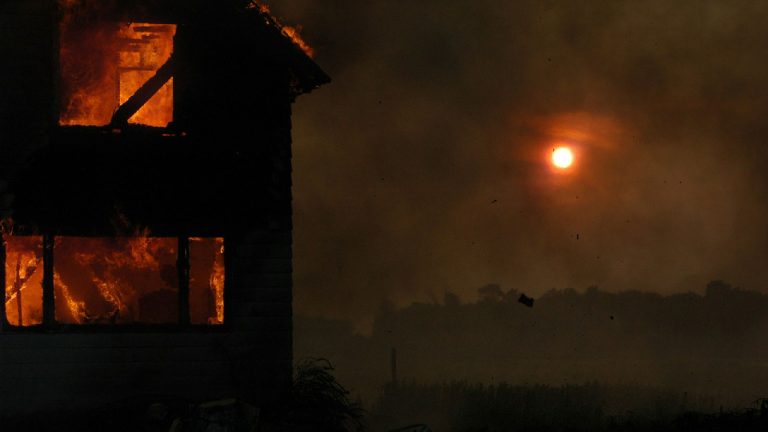Climate change is a major factor contributing to the crisis in the property and casualty insurance sector. While rising property values and rebuilding costs also contribute, the impact of more frequent and intense extreme weather events is undeniable. From wildfires, larger hail, bigger winds, stronger hurricanes, heavy rains and snowstorms, to inland and coastal flooding, all these events are linked to global warming. As a result, insurance rates are rising, insurance coverage is becoming harder to obtain, reimbursements are becoming less frequent and more troublesome, mortgages are becoming harder to find and pay, and both individuals and companies are struggling with the new circumstances. Loss suffered by forcing adjustments and leading to new and larger losses.
Most of these articles deal with the current situation, particularly in the United States, although the situation is similar in other countries where personal property insurance is common. The last group covers one possible (certainly partial) solution.
Home Insurance Crisis – Losing (Affordable) Coverage and Not Having:
- “No one’s insurance rates are immune to the impacts of climate change,” said Dana Nuccitelli of Yale University’s Climate Connection.
- “As climate shocks intensify, insurance companies are abandoning homeowners,” says Christopher Flavelle of The New York Times. A good overview is given using the example of Silver City, New Mexico. “Without insurance, it’s impossible to get a mortgage; without a mortgage, most Americans can’t afford a home. Related: “Climate change is driving up insurance costs and causing mortgage payments to fall behind,” Floodlight’s Mario ·Mario Alejandro Ariza.
- “As insurance companies across the U.S. hemorrhage money from climate shocks, homeowners will suffer too,” said Christopher Flavelle of The New York Times. Another excellent overview focuses on the center of the country.
- The New York Times has been following insurance industry stories. Here's a slightly off-topic but interesting article from the paper's business section: “Home insurance is hitting consumers. Yet it barely accounts for inflation,” Jeanna Smialek.
- “How climate risks are driving up insurance premiums across the US – a visualization”, Oliver Millman, The Guardian. The link between climate disaster risk and premium increases.
Farmers and their crops are also in trouble due to climate change:
Even car insurance is feeling the effects of climate:
In the case of Hurricane Helene, few victims were covered by flood insurance:
California’s insurance chaos—an ongoing story:
- First, an overview of the state's problems since May 2024: “Homeowner insurance used to be a 'must.' Now more and more homeowners don't have it,” Patrick Cooley, The Washington Post.
- On the insurance changes happening in California, starting in late December 2024 and starting in January 2025: “California takes final steps to fix California’s troubled home insurance market” By Laurence Darmiento, Los Angeles Times .
- Once the Los Angeles fires erupted in January, it was too early for any changes to occur, with both the New York Times reporting: “Wildfires exacerbate critical moment for insurance industry” (Ronda Kayson) and “California wildfires threaten to threaten already devastated by climate change An insurance company that is reeling from problems is “shocked” (Christopher Flavell).
- About a week after the fire: “The Los Angeles wildfires have exacerbated California's insurance crisis,” said Katie Jensen, a national mortgage professional. “Home insurance companies can’t be found during ‘one of the worst wildfire events ever’.”
Parametric insurance is a new approach to solving some of these problems. It is primarily targeted at climate change disaster reporting, is not yet widely used by individuals, and may not provide full compensation for losses, but it has potential.
- “Insuring Climate Change: The Role of Parametric Insurance,” K. James Sullivan, Journal of Practical Guidance, LexisNexis. A clear overview of what it is, how it works and some examples from around the world.
- Another great introduction—and a rare one in an industry publication: “Company working to make flood insurance resilient to climate change,” Kiley Price, Time Magazine.
- California to Consider in 2024: “Parametric Insurance: What It Is and the Role It Can Play,” PDF from the California Legislature's Assembly Insurance Committee.
- More examples: farmers in Africa, Canada, and developing countries.
Only 28% of U.S. residents regularly hear about climate change in the media, but 77% want to hear it. By 2025, you can show Americans more climate news.
